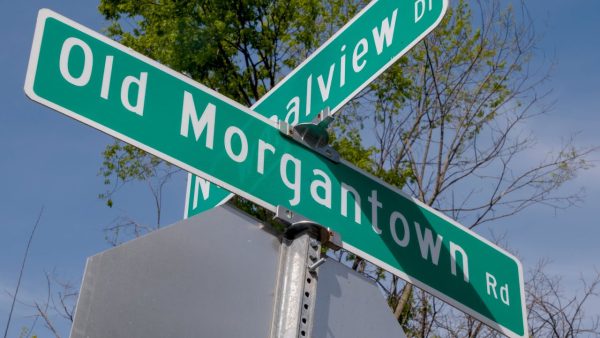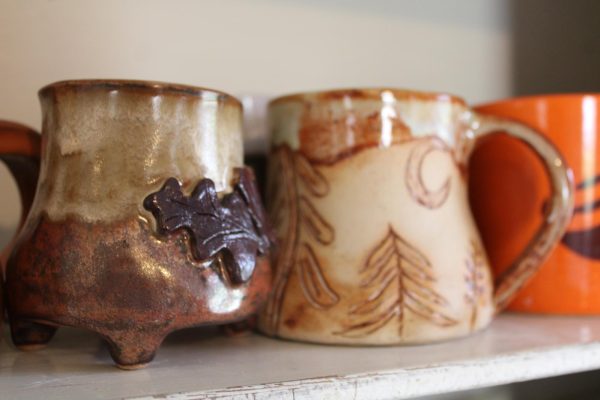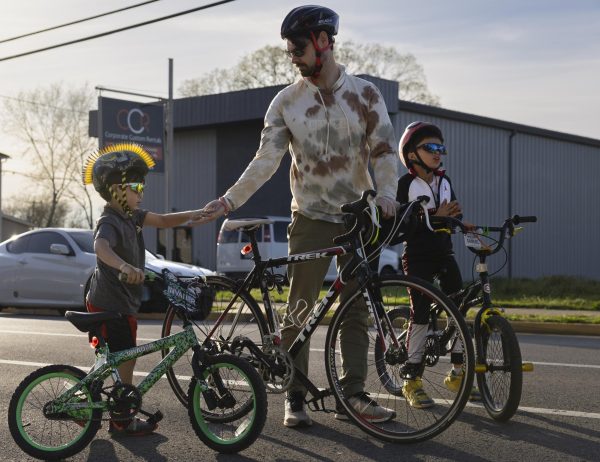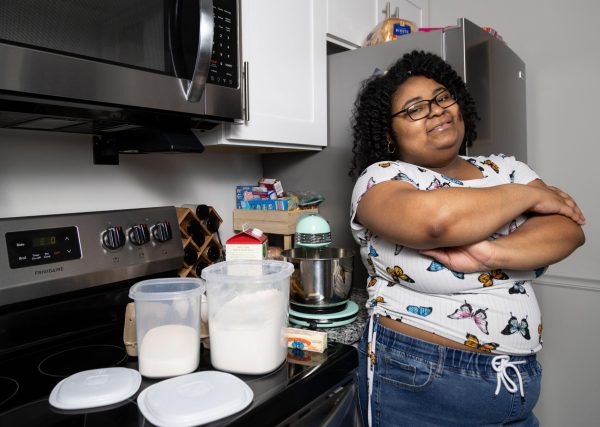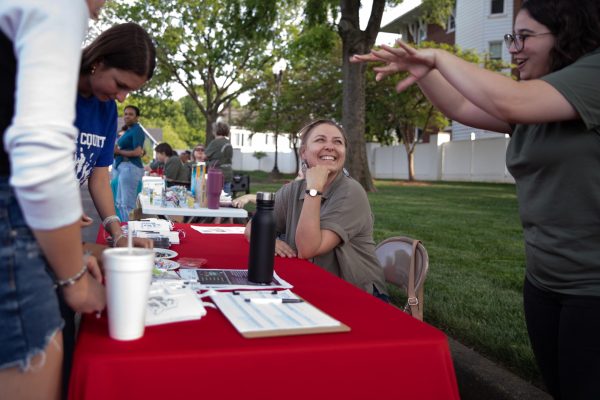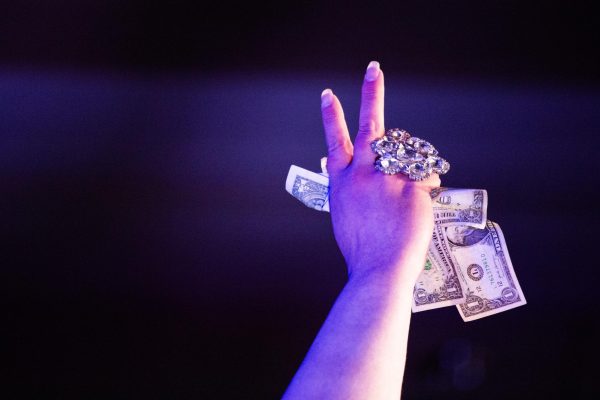Kentucky Museum shares history, art and culture
August 31, 2016
To many WKU students, the Kentucky Museum may not be much more than an old building on the edge of campus, guarded by a friendly statue of Abraham Lincoln. However, the museum houses several permanent and changing exhibits, each of which celebrates Kentucky and American history.
One of the exhibits currently on display, “Backward & Forward: 20th Century Quilts,” features more than 30 quilts selected from the Kentucky Museum’s collection of over 250. The exhibit is a part of the Elizabeth Richardson Quilt Gallery, named in honor of a prominent quilt collector who donated to the museum’s extensive collection.
Among the vast quilt display, several labels and other artifacts share a detailed history of Kentucky quilt making. Like most paintings and other art forms, each quilt has a unique story behind it, shared by the museum in a short caption next to each quilt.
The collection now on display specifically celebrates quilting history from the 20th century. According to one framed description of the exhibit, interest in America’s Colonial heritage contributed to a revival in quilting in the decades leading up to World War II.
Sandy Staebell, registrar and collections curator for the museum, said the quilts are switched out annually with others from the collection.
“If you’re interested in heritage arts and culture of Kentucky, this is a wonderful institution for that,” Staebell said.
Although the museum focuses on Kentucky’s history, some exhibits offer collections celebrating Americans as a whole. One exhibit, “Instruments of American Excellence,” showcases ordinary objects Americans used to achieve excellence, such as a paint brush used by Thomas Kinkade.
The museum also features changing exhibits throughout the year, including a white oak basket exhibit opening in September.
Brent Bjorkman, director of the Kentucky Museum and the Kentucky Folklife Program, said the goal of the exhibit is to share the tradition of basket making and validate the basket makers and their history.
“It’s a legacy,” Bjorkman said. “It’s really about putting this tradition on the map.”
He said the exhibit is an example of a rich basket tradition known nationally and even internationally; three of the basket makers featured in the exhibit have work on display in the Smithsonian.
Bjorkman said the museum is a place for visitors to learn about Kentucky’s place in the world, as well as the contributions Kentucky has given to art and culture.
The museum displays many objects and exhibits relevant to classes on campus, Staebell said. This provides an opportunity for students to visit the museum for special lectures and programs. The museum often has a thematic exhibit coinciding with a particular course being offered, giving visual context to the class subjects.
The museum hosts events and programs throughout the year, including the community-wide “Christmas in Kentucky” event. Although the museum offers several opportunities for WKU students to get involved, Staebell said they also host family-friendly events open to the public.
Bjorkman credits the museum as a place for students and other members of the Bowling Green community to come learn about state history.
“I think learning about your surroundings is very important,” Bjorkman said. “We have a wide breadth of art and history and culture in Kentucky and beyond.”
Reporter Emma Austin can be reached at 270-745-2655 and [email protected]. Follow her on Twitter at @emmacaustin.














